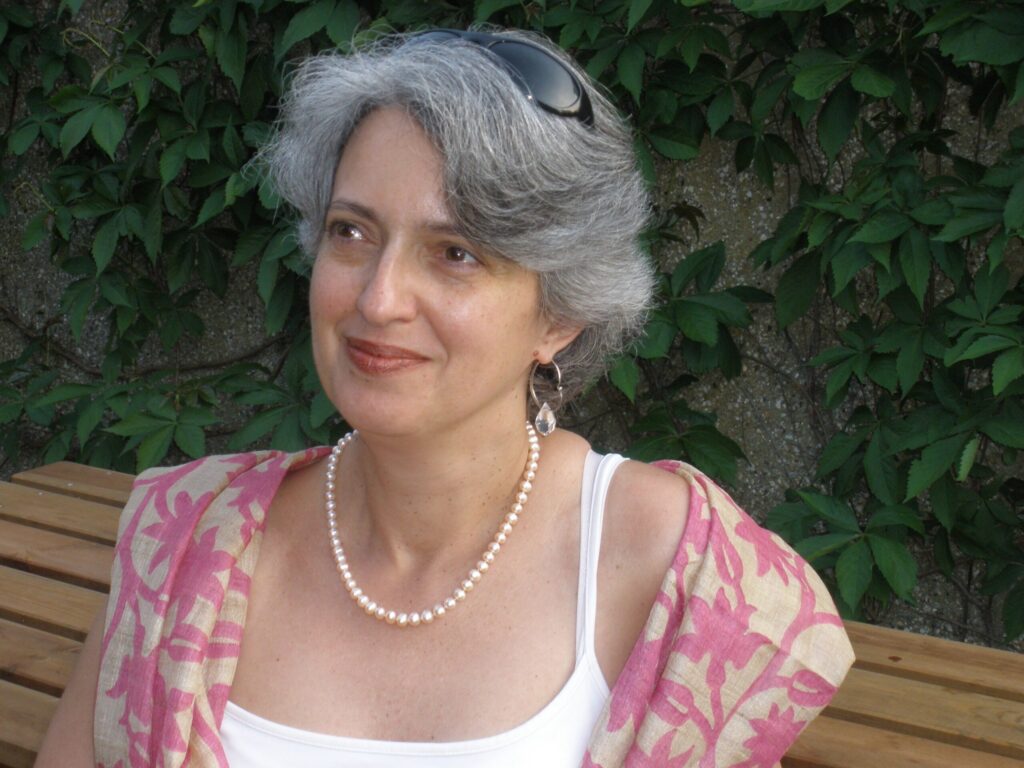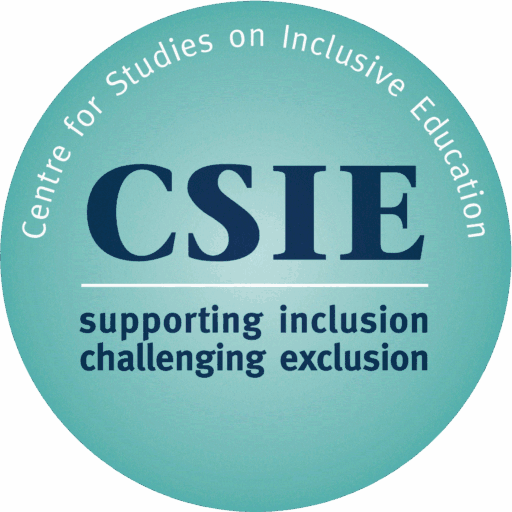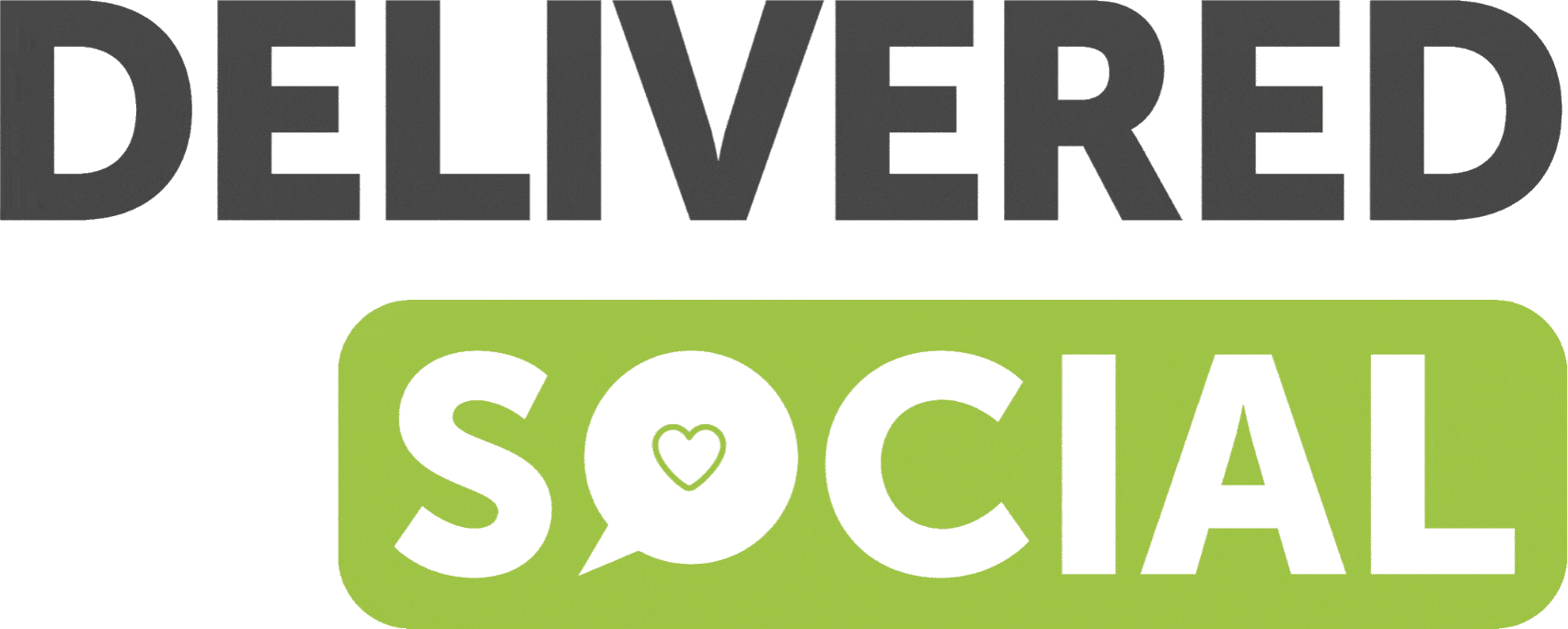July 9, 2014
It’s hard to pinpoint the start of this project, but here is one way of tracing its roots. When the Equality Act (2010) came into force, CSIE started offering workshops for schools throughout England on making equality real. All participants gave us excellent feedback and many said that every school should attend, but bookings remained low. At the same time, young people were telling us about widespread homophobic bullying in their schools and its detrimental effect on their learning. The 2012 Ofsted report “No place for bullying” confirmed that much still needs to change in schools, especially for lesbian, gay, bisexual and trans (LGBT) people and for disabled people. We transformed our training events and went around the country once more, this time with workshops on reducing homophobic and disablist bullying in schools. It was the same picture: low take-up, yet excellent feedback from those who came. In June 2013 we organised focus group meetings to help us understand how best to help promote equality in schools. The need for user-friendly materials offering practical information for schools was clearly and repeatedly expressed. And from there, this project was born.
The project was initially set up to tackle prejudice towards disabled and LGBT members of school communities, but quickly grew to embrace all equality strands. We set out to work with ten schools, five in or near Bristol and five in or near London (chosen as a cost-effective way to access diversity and harness existing good practice). I am writing this almost four months into the project, so it is more accurate to say that we are now working with eight schools. Two schools didn’t quite engage with the project, did not attend the launch meeting and eventually dropped out. The eight participating schools are fully engaged, however, and a joy to work with!

After months of planning and preparation, the project got off to a great start in March this year. We held two launch meetings, one in Bristol and one in London, attended by CSIE staff and trustees and representatives of participating schools. This gave me a chance to explain how this project came into being and what it aims to do, and for us all to discuss key issues and decide how best to work together. More on those conversations will appear in this blog in the coming days and weeks. For now, I’ll summarise:
This is a collaborative project, between CSIE and eight schools. The project aims to document existing good practice; to encourage and support whole school communities to evaluate their current practice and think what more can be done towards promoting equality; and to generate a resource pack that can help schools recognise prejudice-based discrimination and reduce it.
In order to achieve this, we have termly project meetings (we had initially planned only one face-to-face meeting, mindful not to take up too much of people’s time, so I was thrilled when regular meetings were proposed, and agreed, at both launch events) and keep in touch via email between meetings. I have visited, or am due to visit, each school participating on the project; some of my reflections appear in this blog. The project also offers each school half a day’s input from CSIE and/or another organisation, to help explore a particular aspect of equality in more detail; all schools were given a choice of which equality strand to focus on and how to use this time (for example workshops with staff or pupils, or a talk for parents). More on these activities will also appear in this blog in due course.
We have so far agreed a structure for the new resource and have been gradually adding content. When we have a complete draft we will invite feedback from more schools and from other organisations with an interest and experience in promoting equality in education. We will then pilot the final draft in a number of local authorities, inviting further feedback and contributions. Finally, we shall have the resource pack externally evaluated, before making it more widely available. We will share news and developments through this blog and look forward to receiving constructive comments.
Your email will not be displayed on comments



